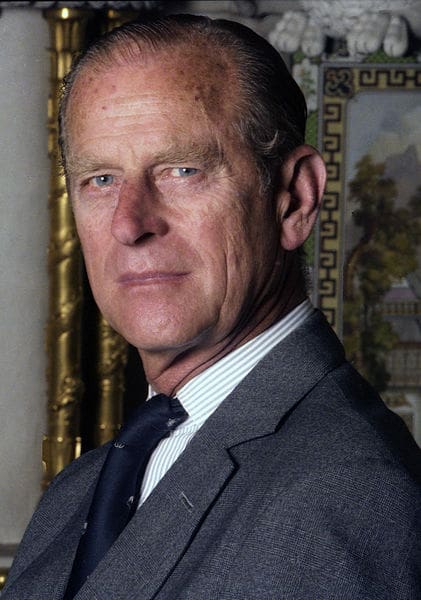
Prince Philip, late Queen Elizabeth's husband, is also a product of royal inbreeding. Prince Philip, like the Queen, is the unfortunate product of intermarriage that wrapped European royal marriages in the 19th century.
To delve into the specifics, Prince Philip's maternal great-grandparents were Queen Victoria of the United Kingdom and Prince Albert of Saxe-Coburg and Gotha. They were first cousins, sharing the same set of grandparents. This close familial relationship highlights the practice of intermarriage within the Victorian era and its impact on subsequent generations.
Additionally, both of Prince Philip's great-grandfathers played roles in perpetuating the pattern of inbreeding. His maternal great-grandfather, King Christian IX of Denmark, was a prominent figure in European royal circles. King Christian's daughter, Princess Alexandra of Denmark, married Queen Victoria's son, Edward VII, further consolidating the interconnections between royal families.
Prince Philip's other great-grandfather was Grand Duke Louis IV of Hesse and by Rhine. He married Queen Victoria's second daughter, Princess Alice, making them Prince Philip's maternal great-grandparents. What makes this connection particularly notable is that Grand Duke Louis IV was the uncle of Prince Philip's paternal great-grandfather, Grand Duke Ludwig III of Hesse and by Rhine. The marriage of Prince Philip's great-grandparents, Princess Alice and Grand Duke Louis IV, effectively made their children both first cousins and second cousins.

Comments 0